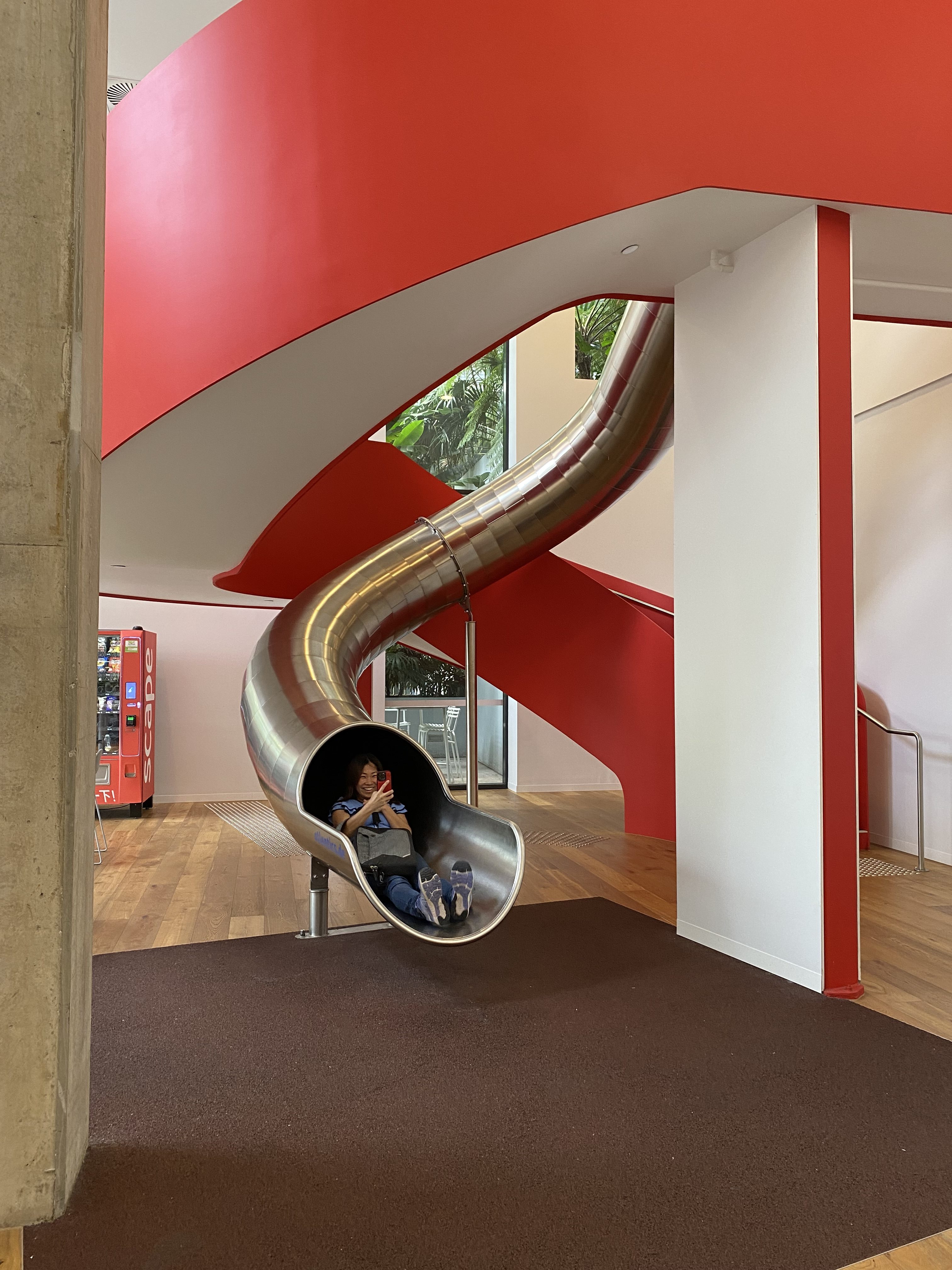Student housing isn’t the problem, it’s the solution
The idea that vertical student accommodation buildings undermine community rather than build it reflects an out-dated understanding of how students live, writes Student Accommodation Council executive director Torie Brown.

I read with interest the opinion piece from Stewart Sweeny on Friday, decrying the planning approval for a brand new purpose-built student accommodation (PBSA) building in the Adelaide CBD as a ‘vertical warehouse.’
The article demonstrated a fundamental misunderstanding of modern PBSA design and overlooked the crucial role student housing plays, not only in giving students real housing choice but also in easing pressure on a rental market struggling to meet demand across all housing types.
What strikes me is that the author has likely never set foot in a modern PBSA. And more importantly, he seems to have missed the point entirely: these buildings aren’t designed for him. They are built around what the student wants and needs.
I am lucky in my role to spend a great deal of time visiting PBSA across Australia. I have seen the yoga rooms, the podcast studios, the libraries, the gaming suites. I have visited buildings that feel like luxury hotels, ones that have slides from the second to first floors, and seen the student managed bee-hives on the rooftop gardens. I’ve joined in on the resident cooking classes and patted the therapy dogs on site during the stressful exam season. I have seen students walk across the road to campus, spend their money in city restaurants and take casual jobs in hospitality sectors beset by skills shortages.

You might like
The idea that vertical student accommodation buildings undermine community rather than build it reflects an out-dated understanding of how students live and what modern purpose-built student accommodation actually is. Just because a building is tall doesn’t mean it lacks community. In fact, many of the most vibrant student communities in Australia are formed in these spaces – precisely because they are designed that way.
Next-generation PBSA developments are created with students in mind. These are not, as the author suggested, dormitories – a term that evokes cramped, institutional living from 100 years ago. They are high-quality studios and shared apartments supported by communal kitchens, gyms, study spaces and wellness programs. The Scape Gen Z Wellbeing Index shows that students living in PBSA report stronger friendships, better mental health and greater academic engagement compared to those in private rentals. These outcomes are not incidental. They are the product of intentional design that fosters safety, connection and belonging.
The Student Accommodation Council’s own research, released last year, found that international students make up just 4 to 6 per cent of the national rental market. Yet in the past 18 months they have borne a disproportionate share of the blame for Australia’s housing challenges.
At the same time, when developers bring forward student-specific accommodation that eases pressure on the rental market, housing that can only be rented by students, they are criticised again. We cannot have it both ways.
Stay informed, daily
PBSA is a direct and practical solution to many of the community’s concerns. It means fewer students competing for suburban housing stock. It means fewer international students being forced into poor quality or exploitative rental arrangements in the private market. And it means more students, both domestic and international, being supported to succeed in their studies and lives.
Are these buildings popular with international students? Absolutely. And for good reason.
Unlike a suburban rental home, PBSA can be booked before an international student arrives in Australia. This is vital because international students are often the least-preferred tenant cohort, with no local rental history or proof of income from an Australian employer. PBSA removes those barriers entirely. Parents often play a critical role in helping their child choose where to live. If your child were moving overseas for the first time, wouldn’t you want to know they were living in a building exclusively for students, close to their uni, and with 24/7 staff support? It is the only housing typology designed to meet this need at scale.
The author opines vertical development in favour of the types of student housing we see in medieval cities including Oxford, Leuven and Bologna. I agree, these cities are charming. They are all also facing acute student housing shortages because they have not been able to deliver PBSA at scale.
Oxford’s student community is under acute pressure, with reports in recent years of students sleeping outside overnight just to secure a place in university housing. Leuven in Belgium is reporting that they need an additional 4,000 student beds to meet demand. Bologna is also caught up in the under-supply crisis, with Italy forecasting a national deficit of 225,000 student beds. This is what happens when a sector is held back by planning delays, community resistance and a failure to plan for the student population as part of the broader housing strategy.
Of course, the idea of low-rise community housing for students sounds appealing, but the reality is that governments are rightly prioritising low-rise housing for families and people in acute housing need. That means the private sector must lead the delivery of student housing, and we need governments at every level to support it. That support shows a deeper understanding of what a student really needs. Not just a classroom or a visa, but a place to live.
PBSA is not undermining community. It is creating it.
Torie Brown is the executive director of the Student Accommodation Council.








